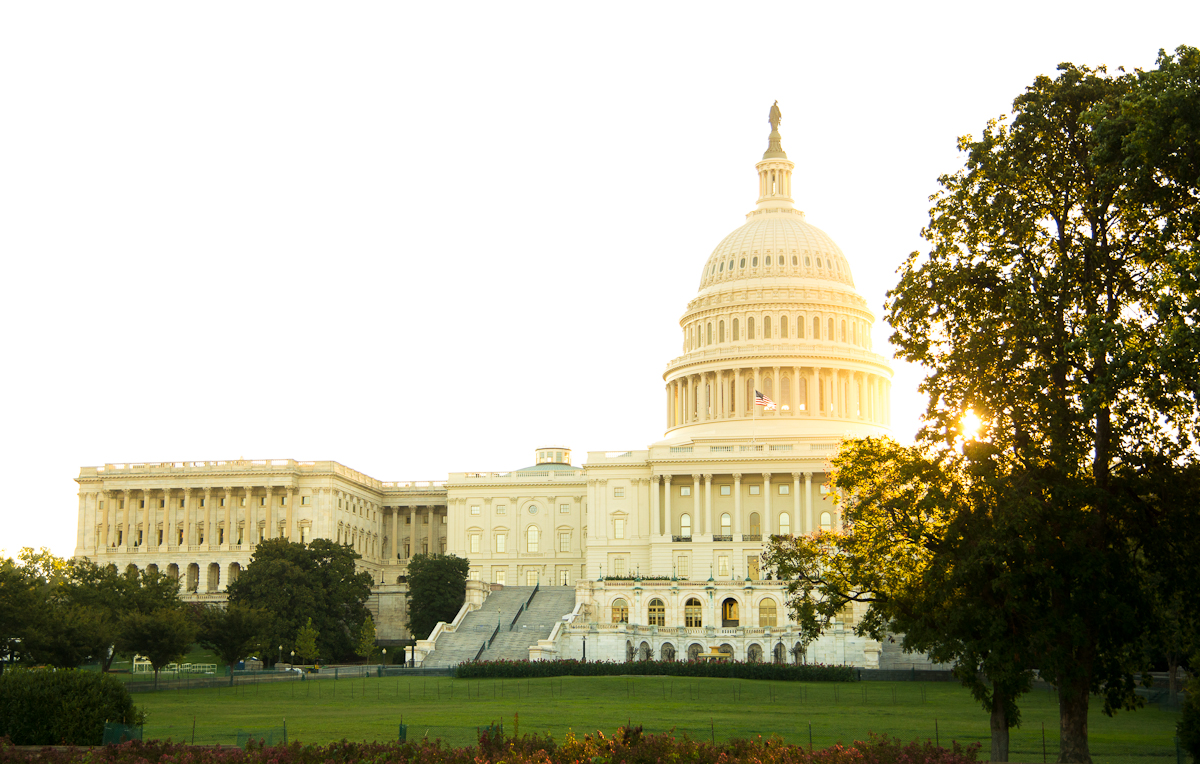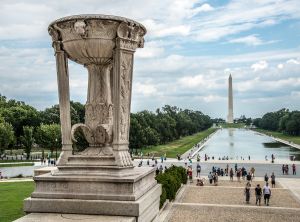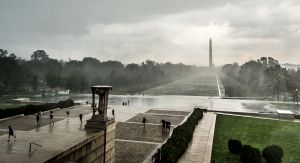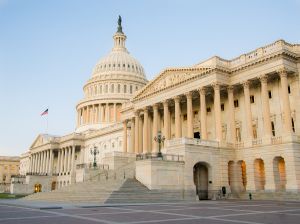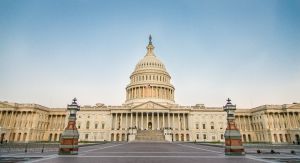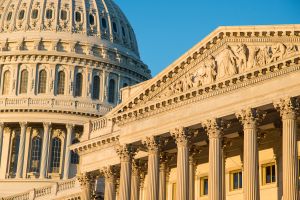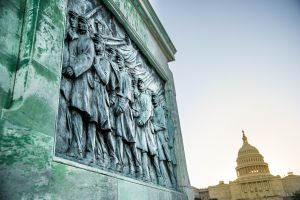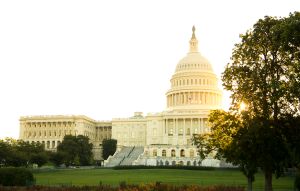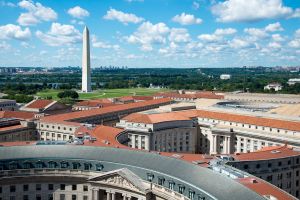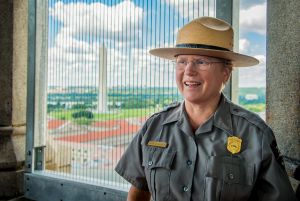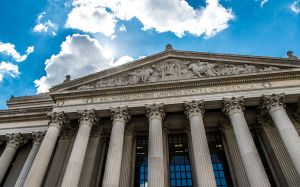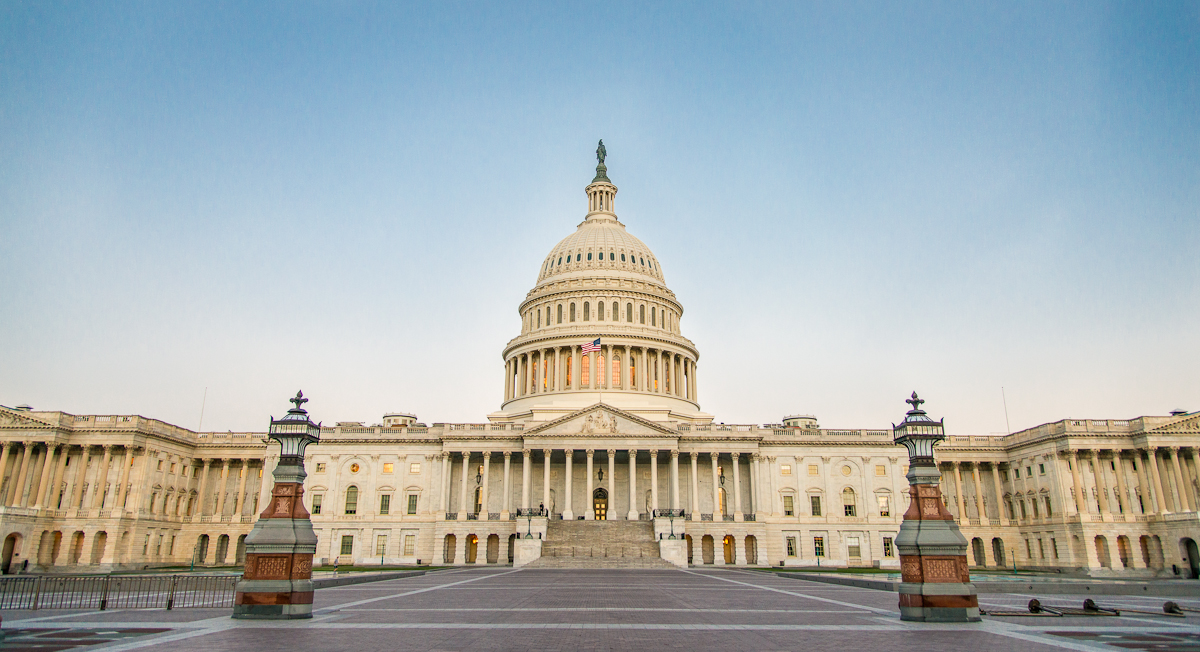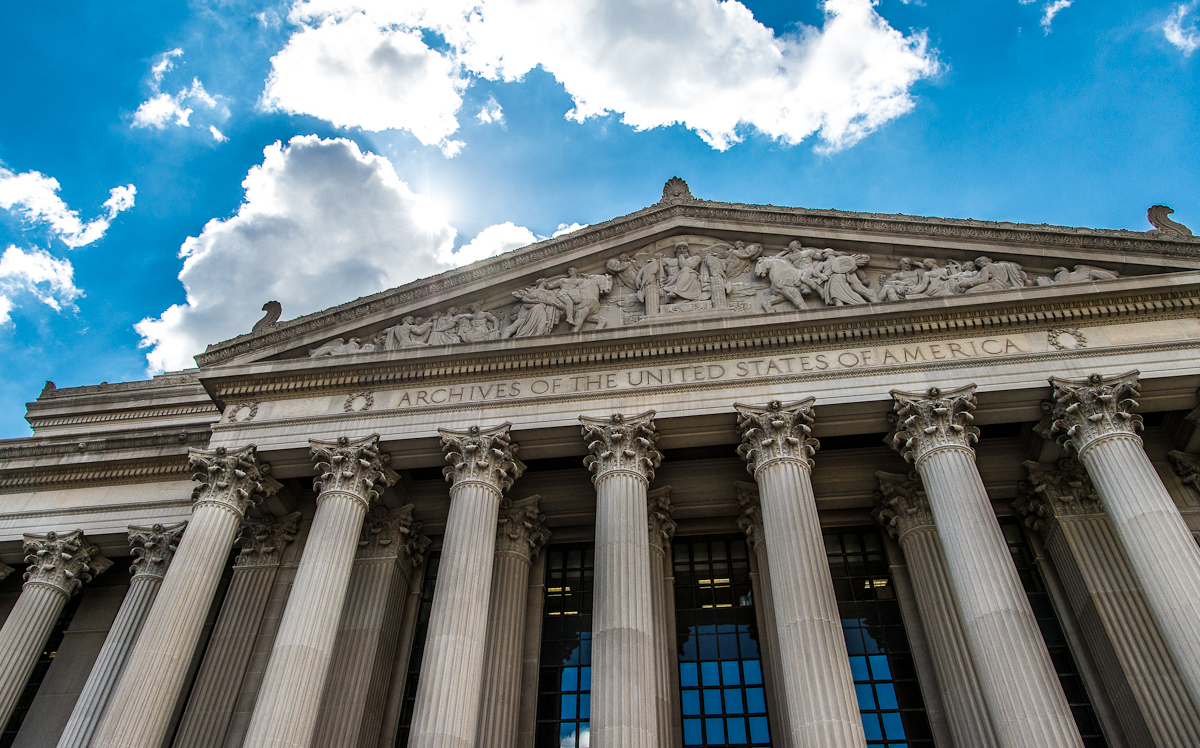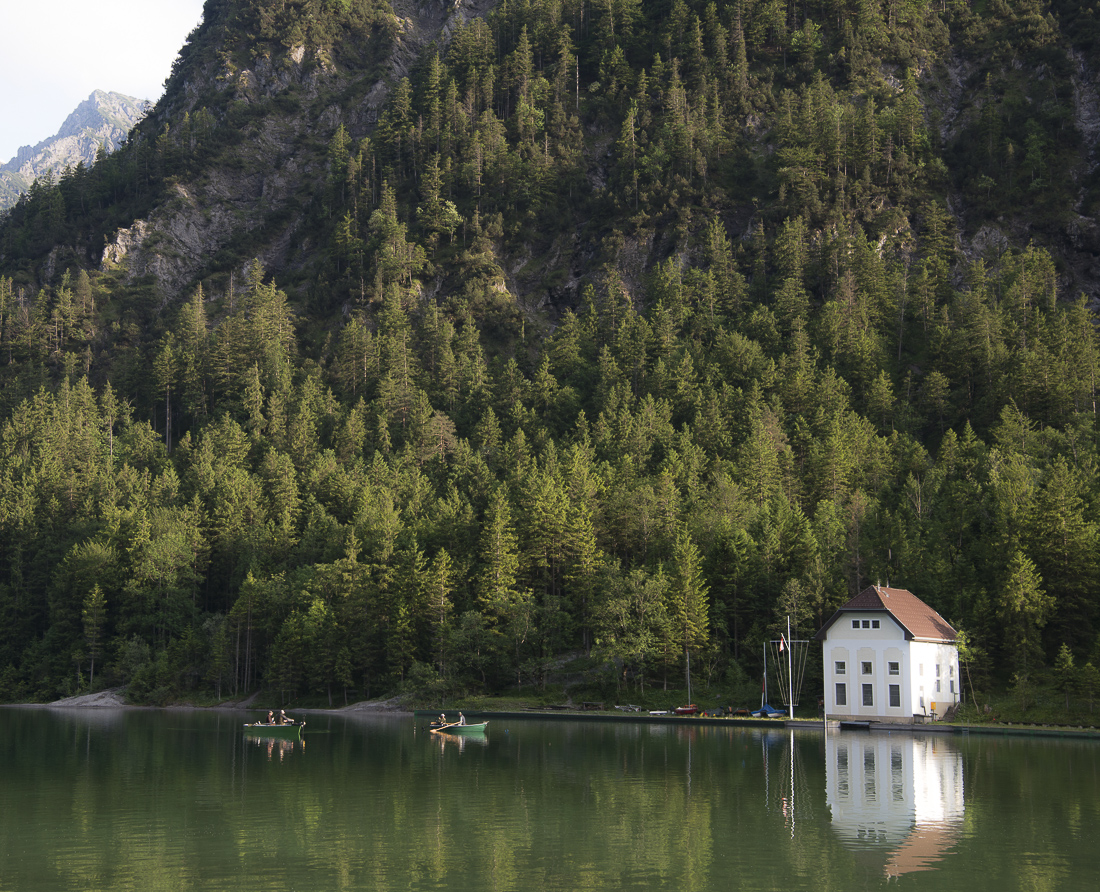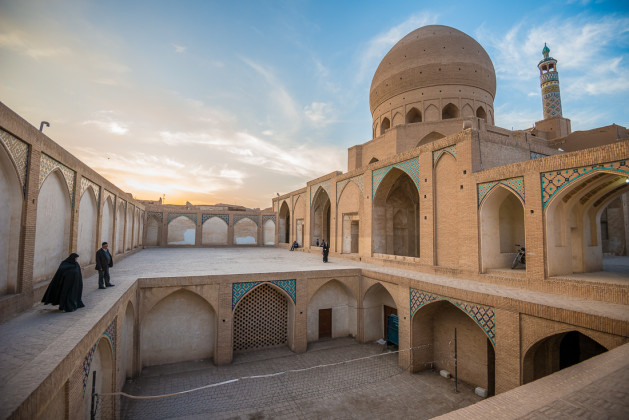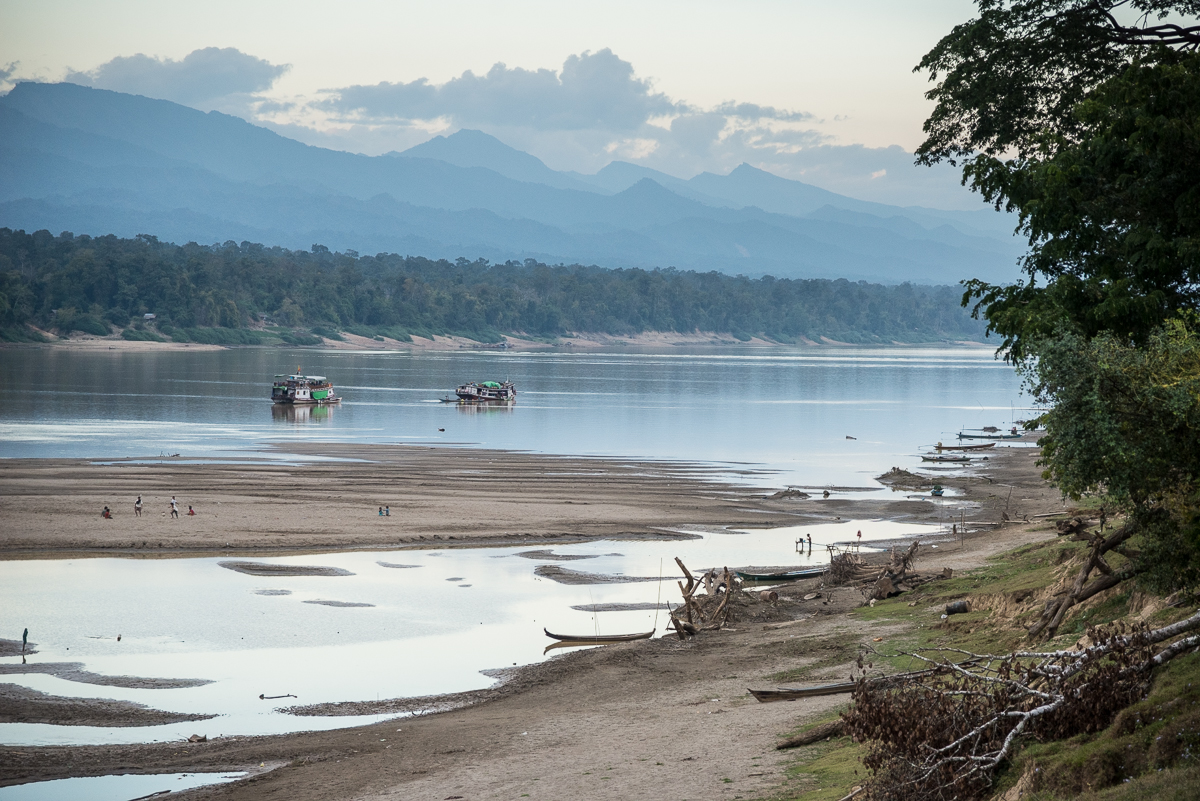It’s hard to take pictures in Washington D.C. that don’t look just like the zillion images you’ve seen all your life. And you spend a disheartening amount of time waiting for a little gust of wind so the flags will look better flying in the breeze.
It’s a tough time to get excited about Washington D.C. Washington is nothing if it isn’t a big symbol – full of smaller big symbols – of the federal government. A very big federal government. I suspect D.C. tourism rises and falls a little with the approval ratings of the President and Congress – making this a fairly uninspiring time to visit the capital.
Even so, walking among the monuments and museums and memorials and government buildings, it’s hard not to be impressed. I remember my first trip to D.C. many years ago: what struck me was that it was full of American castles. I’d grown up thinking that the U.S. – unlike England or France or Germany – didn’t have castles, but there they were in D.C., one huge, lavish government “castle” after the next.
I went to a seminar in Washington a few days back. I got there a little early and stayed a little late so I could walk around the “mall” and take a few pictures. Several of the pictures you see are of the Capitol just at sunrise (thus the pretty light). There are a couple of shots – with the Washington Monument and reflecting pool – taken about 15 minutes apart, from the Lincoln Memorial. One of those was taken as a nasty storm blew in, trapping me (and about 400 others) inside the Memorial watching the downpour. A couple of shots (those from up high, and including the one of National Park Ranger Julia Clebsch) are from the clock tower of the Old Post Office.
That picture with the Capitol building in the distant, lower right and with the relief sculpture up close is at the Ulysses Grant Memorial, which is at a very prominent spot between the Capitol Building and the Washington Monument. It was striking to realize that it’s a tribute to General Grant (as opposed to “President” Grant). It’s a war momument: He’s on a horse, dressed as a Union general, and flanked on all sides by dramatic sculptures of Union soldiers on the attack. As a de facto Southerner, somehow that ongoing granite-and-bronze celebration is a little unsettling (To be clear, though: I’d never suggest it be removed. It’s real history.). It reminded me of my lifelong observation that many Americans have been much quicker to embrace our former foes from international wars and conflicts than their fellow citizens from opposite sides of the Mason-Dixon.
.
